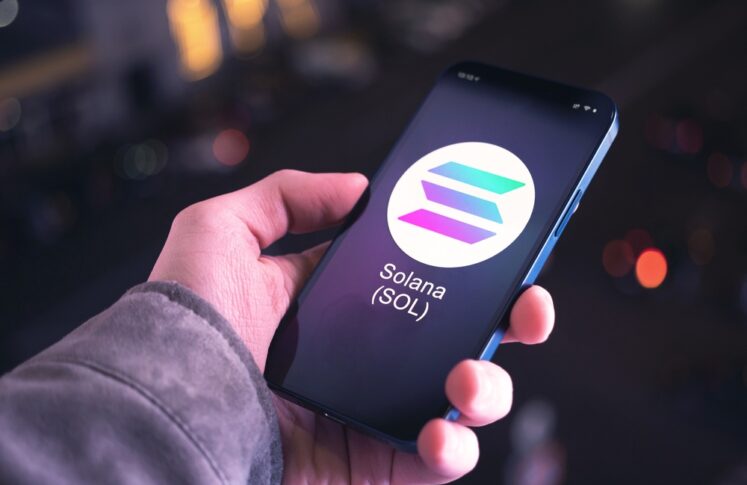According to the latest study from the Norwegian Media Authority (Medietilsynet), around 63% of young people between the ages of 13 and 18 have been exposed to gambling advertisements on social media. The figure is slightly down from the 71% recorded in the 2020 report. However, the report’s findings have raised alarm bells for the Norwegian gaming regulator, Lotteritilsynet, about the pervasive influence of gambling advertisements on youth, including endorsements from social media influencers.
Study Highlights Exposure to Gambling Adverts
The study, based on responses from over 3,000 children and young adults across Norway, revealed that 64% of children aged between 13 and 14, as well as 64% of 15 to 16-year-olds, had viewed gambling ads. This exposure decreased slightly for 17-18-year-olds, with 61% of respondents reporting they had seen such advertisements.
The advertisements analyzed in the study included traditional marketing from licensed and offshore operators and promotional content from influencers. Monica Alisøy Kjelsnes, Medietilsynet’s senior legal advisor, warned against the use of influencers to attract children and young people to illegal gambling, highlighting the role of influencers in normalizing potentially dangerous games.
Regulatory Efforts Against Illegal Marketing
To address the issue of illegal marketing on social media, Lotteritilsynet has been empowered with new regulatory tools through the recently enacted Gaming Scheme Act. This law consolidates all existing gambling laws in Norway and forbids non-licensed operators from marketing their gambling services in the country. The regulator now has the authority to issue administrative orders to halt unauthorized marketing campaigns.
In 2023, the regulator launched an influential campaign against the promotion of illegal gambling by influencers and gaming ambassadors, warning them of possible fines. Despite the positive results of the campaign, Lotteritilsynet stressed that the industry has yet to fully recover and that further action will be taken in the future.
Collaboration with Tech Giants
In its battle against illegal promotion of gambling, Lotteritilsynet has teamed up with leading tech companies and social media platforms, including Google, Facebook, Instagram, and Apple. Through these partnerships, the regulator aims to expand its efforts to combat the issue more effectively.
Focus on Unlicensed Operators
Addressing illegal marketing practices forms just one part of Lotteritilsynet’s efforts to safeguard the Norwegian population from potential gambling harms. The regulator has reported a surge in the number of banks reaching out to their customers over transactions made with unlicensed gambling operators.
A study by Sentio revealed that eight out of 10 banks in Norway have established routines to contact customers who engage in transactions with illegal operators. Furthermore, about 70% of banks inform customers about the potential repercussions of engaging with unlicensed sites.
DNS Blocking: An Additional Measure
In a bid to curb access to unauthorized gambling sites, the Norwegian government is reportedly considering granting Lotteritilsynet additional powers to implement DNS blocking. If approved, this will be the culmination of a process that began two years ago with the initial proposal for DNS blocking of unlicensed sites.
The implementation of these new powers is speculated to occur in January 2024, although the final details are yet to be confirmed.
Progress in Reducing Gambling Harm
Despite the challenges posed by the illegal promotion of gambling, Norway seems to be making significant progress in reducing gambling-related harms. Research conducted by Spillforsk at the University of Bergen revealed that the number of Norwegians suffering from problem gambling had more than halved since 2019.
As per the study, an estimated 23,000 consumers are currently dealing with problem gambling, with a further 93,000 identified as at risk of developing gambling-related harms. This represents a significant decrease from the 55,000 problem gamblers and 122,000 at-risk individuals reported in the 2019 survey.
The declining numbers are seen as a testament to the success of the regulatory efforts led by Lotteritilsynet. Nevertheless, with a sizable percentage of youth still being exposed to gambling advertisements on social media, the regulator acknowledges that there is still much work to be done.
The Author



